Do steel toe boots actually help?
Title: Do Steel Toe Boots Actually Help? The Truth Revealed
Introduction:
Steel toe boots have long been a staple in the footwear industry, especially in industries that require heavy-duty protection for the feet. But do steel toe boots actually provide the level of protection they claim to offer? In this article, we will delve into the world of steel toe boots and explore their benefits, drawbacks, and whether they truly help keep your feet safe on the job.
What are Steel Toe Boots?
Steel toe boots, also known as safety boots or steel-capped boots, are a type of footwear that features a reinforced toe cap made of steel or other durable materials. The purpose of the steel toe cap is to protect the wearer’s toes from heavy objects, compression, and impact injuries that can occur in hazardous work environments. Steel toe boots are commonly worn by workers in industries such as construction, manufacturing, and warehouse operations.
Benefits of Steel Toe Boots:
1. Protection from Impact Injuries: One of the primary benefits of steel toe boots is their ability to protect the wearer’s toes from impact injuries caused by falling objects or heavy equipment. The steel toe cap acts as a barrier between the toes and the external force, reducing the risk of fractures, bruises, or amputations.
2. Compression Resistance: In addition to impact protection, steel toe boots also provide compression resistance, which helps prevent the toes from being crushed or pinched by heavy machinery or equipment. This feature is crucial in environments where there is a risk of objects rolling or falling onto the feet.
3. Durability: Steel toe boots are known for their durability and longevity. The steel toe cap is designed to withstand repeated impacts and pressure, making these boots a reliable choice for workers who need footwear that can handle tough conditions.
4. Compliance with Safety Regulations: Many industries have strict safety regulations that require workers to wear steel toe boots to reduce the risk of foot injuries. By wearing steel toe boots, workers can ensure they are compliant with safety standards and protect themselves from potential hazards in the workplace.
Drawbacks of Steel Toe Boots:
1. Weight: Steel toe boots are typically heavier than regular work boots due to the added weight of the steel toe cap. This can cause fatigue and discomfort for some wearers, especially if they are required to stand or walk for long periods.
2. Lack of Flexibility: The rigid nature of the steel toe cap can limit the flexibility and range of motion of the toes, making it difficult to perform certain tasks that require agility or dexterity. This can be a drawback for workers who need to move quickly or navigate tight spaces.
3. Heat Retention: Steel toe caps can conduct heat and cold, which can be uncomfortable for the wearer in extreme temperatures. This can lead to sweaty feet in hot conditions or cold toes in cold environments, affecting overall comfort.
4. Cost: Steel toe boots are generally more expensive than regular work boots due to the added protection and durability they provide. Some workers may find the cost prohibitive, especially if they are required to purchase their own safety footwear.
Do Steel Toe Boots Actually Help?
The question remains: do steel toe boots actually help prevent foot injuries in the workplace? The answer is a resounding yes. Research has shown that steel toe boots can significantly reduce the risk of toe injuries caused by impact or compression, making them an essential piece of safety equipment for workers in high-risk industries.
According to a study published in the Journal of Occupational and Environmental Hygiene, workers who wore steel toe boots were less likely to suffer toe injuries compared to those who wore regular work boots. The study found that steel toe boots reduced the risk of toe injuries by up to 60%, highlighting the effectiveness of this type of footwear in protecting the feet from harm.
Furthermore, the Occupational Safety and Health Administration (OSHA) recommends the use of steel toe boots in industries where there is a risk of foot injuries from heavy objects or equipment. OSHA regulations mandate that employers provide appropriate protective footwear, including steel toe boots, to workers in hazardous environments to ensure their safety on the job.
In conclusion, steel toe boots are a valuable tool in preventing foot injuries and protecting workers in high-risk industries. While they may have some drawbacks in terms of weight, flexibility, and cost, the benefits of steel toe boots far outweigh the drawbacks when it comes to ensuring the safety and well-being of workers in hazardous work environments. By investing in quality steel toe boots and following safety regulations, workers can reduce the risk of foot injuries and stay safe on the job.
Final Thoughts:
Steel toe boots have long been a trusted ally for workers in industries where foot protection is paramount. Despite their drawbacks, the proven benefits of steel toe boots in preventing foot injuries make them an essential piece of safety equipment for workers in high-risk environments. By understanding the advantages and limitations of steel toe boots, workers can make informed decisions about their footwear choices and prioritize their safety on the job. Remember, when it comes to protecting your feet, steel toe boots are a reliable and effective solution.


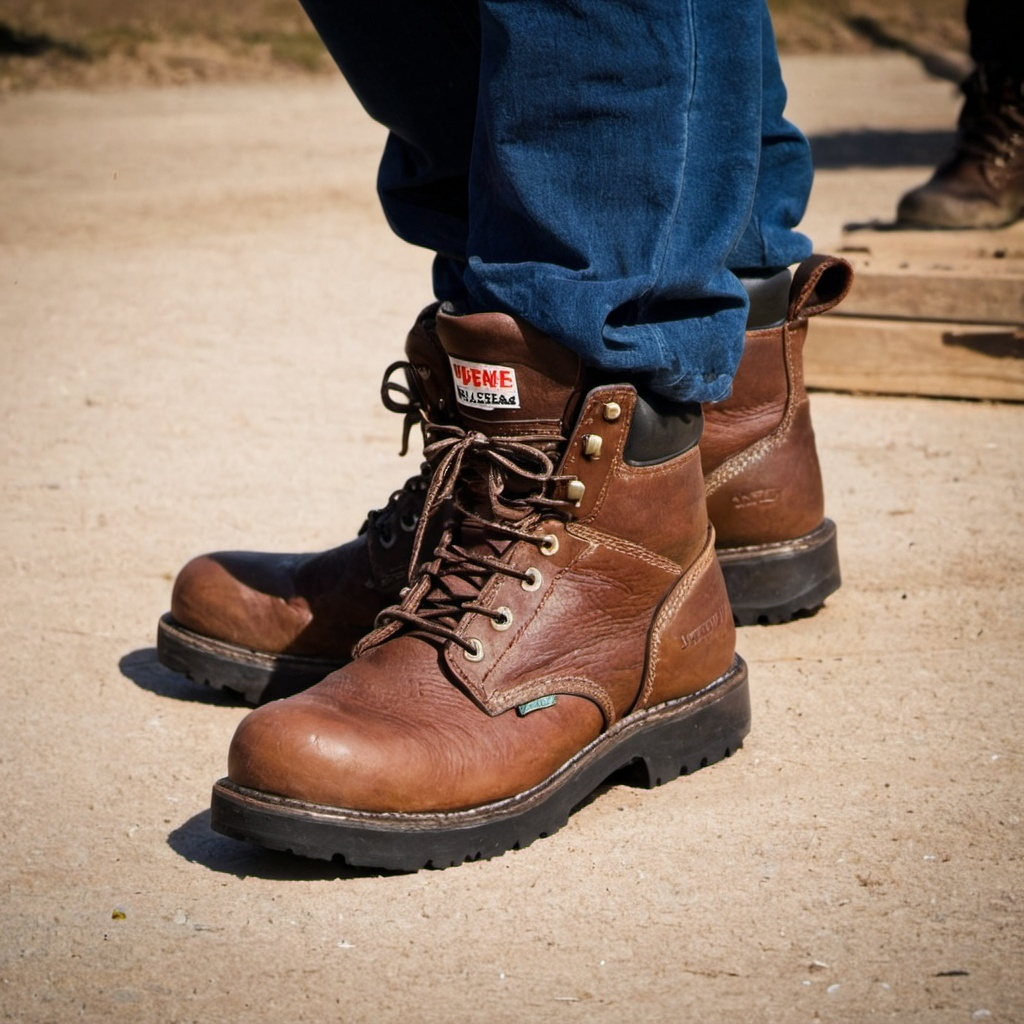



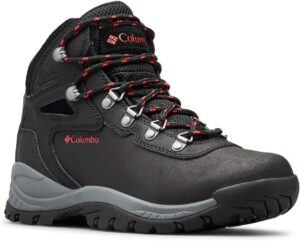

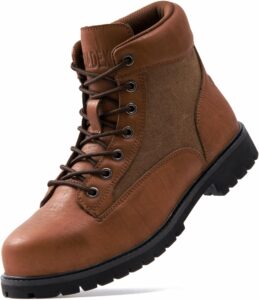
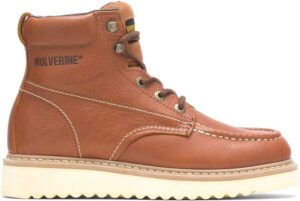
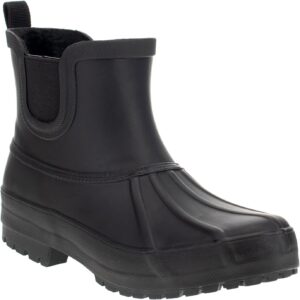
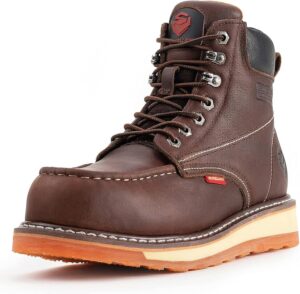
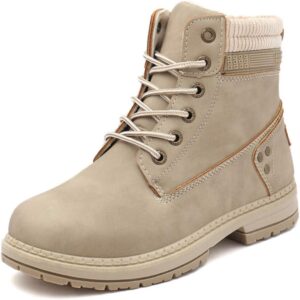
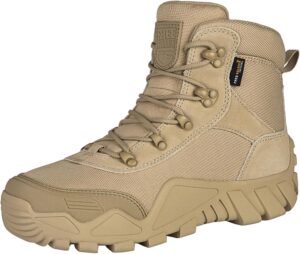
Post Comment